The Common Cuckoo: A Fascinating Bird of Mystery
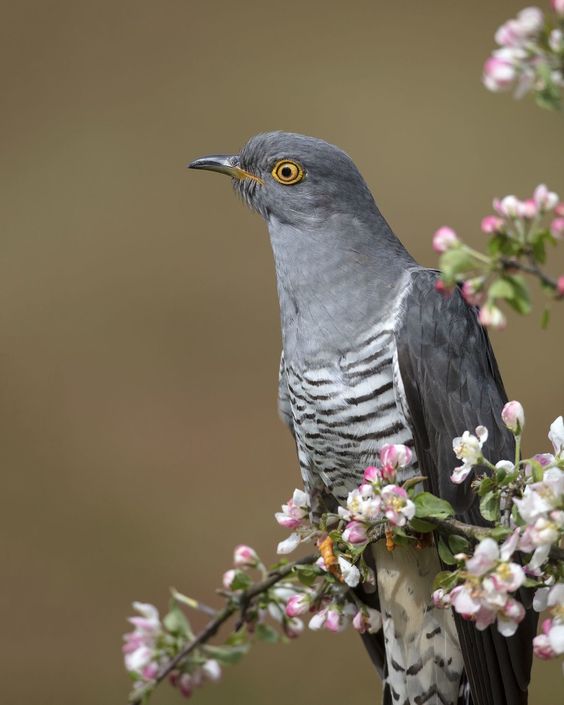
The Common Cuckoo (Cuculus canorus) is a bird that has captivated the imagination of people for centuries. Known for its unique behavior and distinctive call, this species holds a special place in the world of ornithology. From its remarkable breeding strategy to its mysterious migration patterns, the Common Cuckoo continues to intrigue researchers and bird enthusiasts alike.
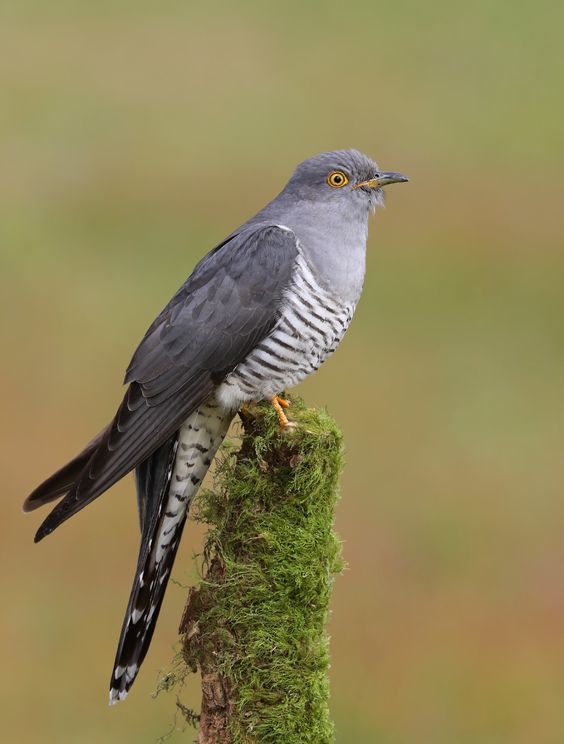
One of the most fascinating aspects of the Common Cuckoo is its breeding behavior. Unlike most birds, this species does not build its own nest or raise its own young. Instead, the female cuckoo lays her eggs in the nests of other bird species, known as “host” species. The cuckoo eggs often closely resemble the eggs of the host, allowing them to go unnoticed by the unsuspecting foster parents. Once hatched, the young cuckoo instinctively pushes the host’s eggs or chicks out of the nest, ensuring that it receives all the attention and resources from its foster parents.
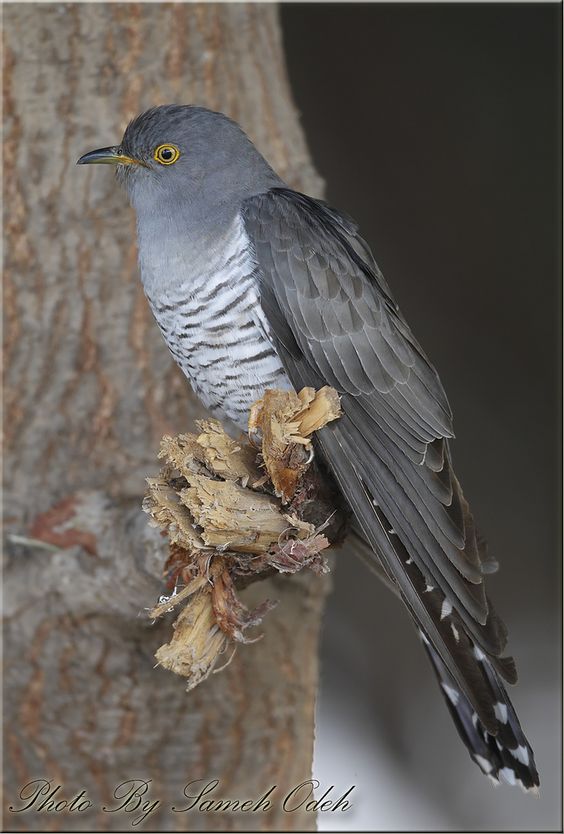
The reasons behind this unique breeding strategy are still being studied. It is believed that the cuckoo’s behavior evolved as an adaptation to increase its reproductive success. By placing its eggs in the nests of other species, the female cuckoo spreads her offspring across a wider range of habitats and reduces the risks associated with raising its own young. This strategy also allows the cuckoo to allocate more time and energy towards finding suitable host nests rather than building and defending its own.

Another intriguing aspect of the Common Cuckoo is its migratory patterns. These birds undertake remarkable journeys, traveling thousands of kilometers each year between their breeding grounds in Europe and their wintering grounds in Africa. What makes their migration even more remarkable is that individual cuckoos can return to the same breeding and wintering sites year after year, despite never having been taught these routes by their parents. Scientists believe that the cuckoos rely on a combination of genetic programming and environmental cues to navigate their way across vast distances.
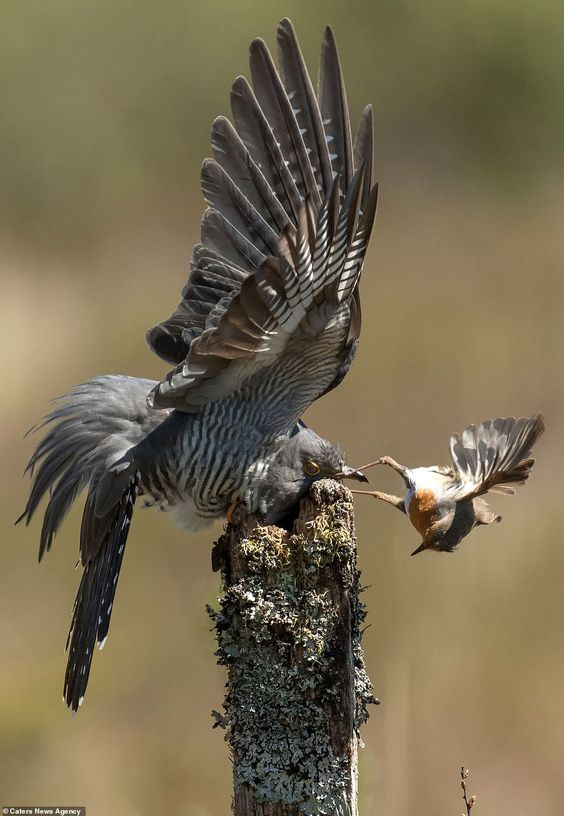
In addition to its unique behavior, the Common Cuckoo is also known for its unmistakable call. The male cuckoo produces a well-known “cuck-oo” sound that is often associated with the arrival of spring. This call is used by males to attract females and establish their territory. Interestingly, each male cuckoo has its own distinctive call, allowing individuals to be identified by their vocalizations.
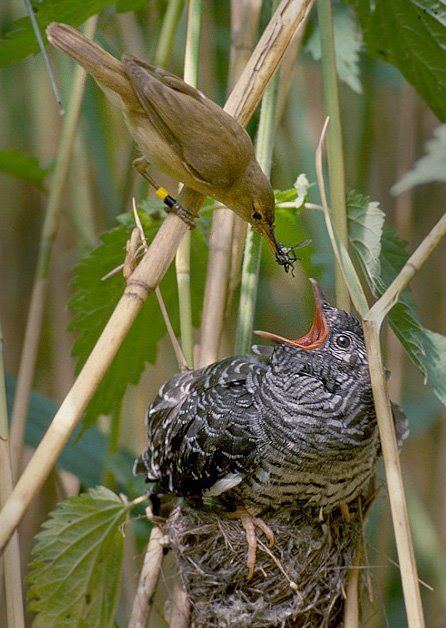
However, despite its intriguing nature, the Common Cuckoo faces various challenges and threats. Habitat loss, changes in land use, and declines in host bird populations have all had a negative impact on cuckoo numbers in some regions. Conservation efforts are underway to protect and restore suitable habitats for both cuckoos and their host species.
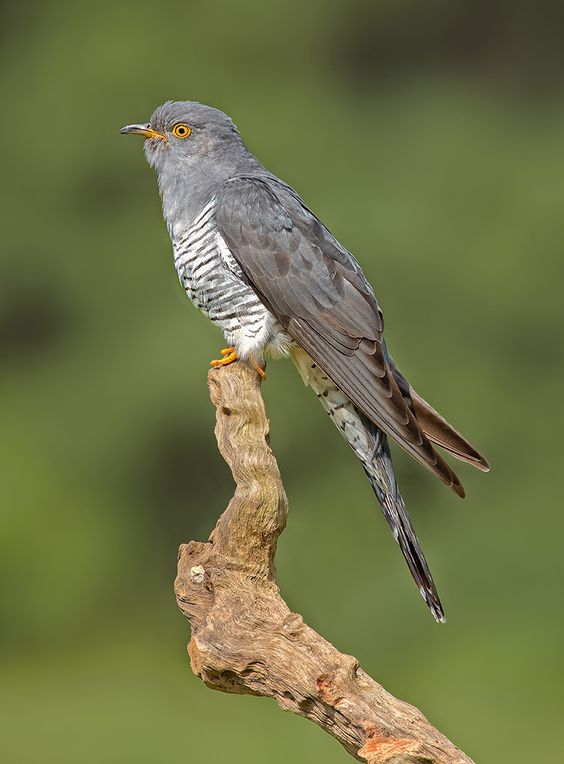
In conclusion, the Common Cuckoo is a bird that continues to captivate us with its fascinating behavior, mysterious migration, and unique call. Its breeding strategy, migratory patterns, and conservation challenges make it a subject of great interest for researchers and bird enthusiasts. As we strive to understand and protect this remarkable species, the Common Cuckoo reminds us of the wonders of the natural world and the importance of biodiversity conservation.



